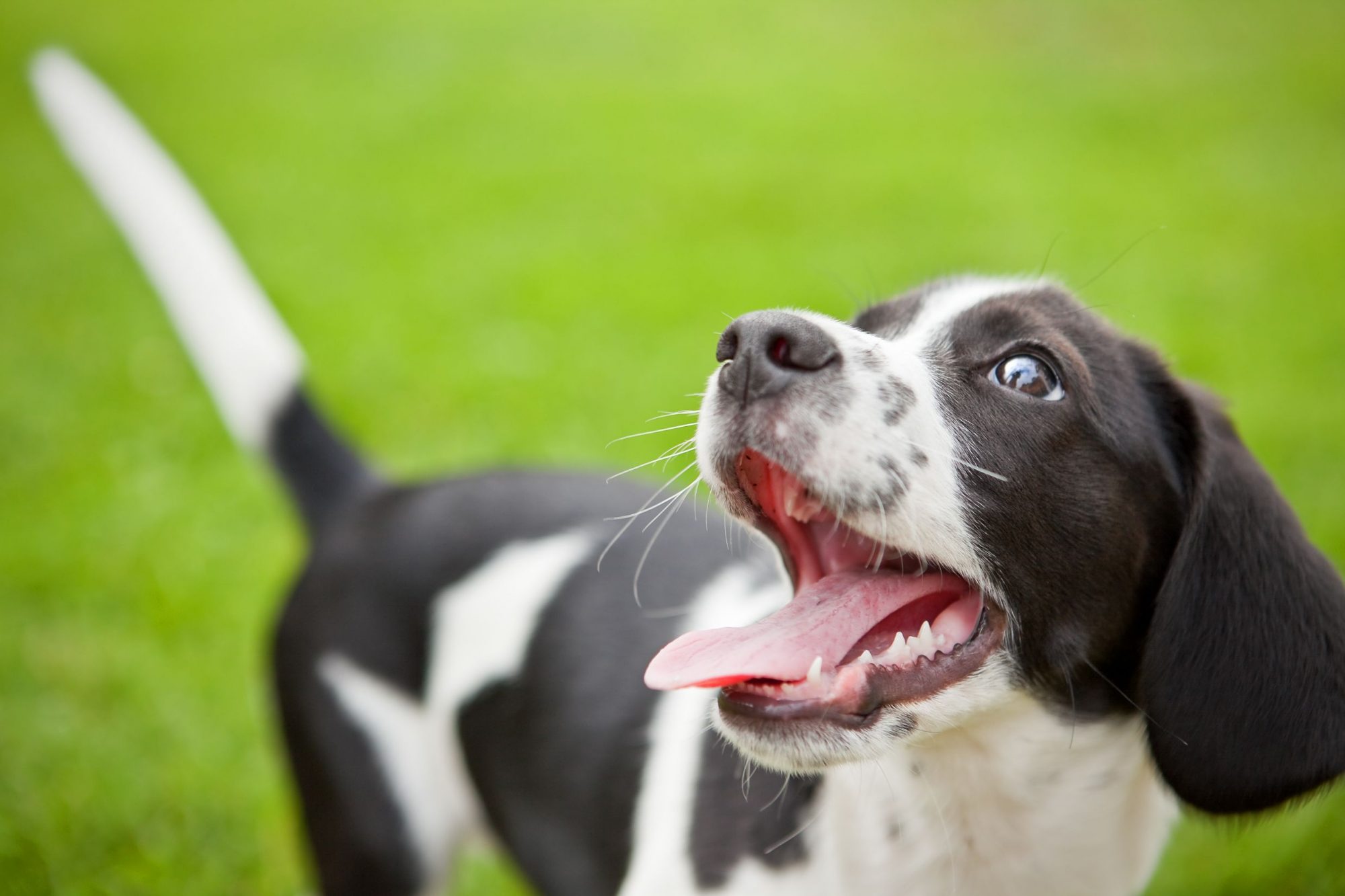Chomping Out Dental Disease in Dogs

In veterinary medicine, dental disease in our patients is a problem that is often overlooked or downplayed by pet owners. Leon Valley Veterinary Hospital sees first-hand every day, though, how dental disease in dogs affects pets. Learn what you need to know as a pet owner.
Signs of Dental Disease in Dogs
Not only can dental disease in dogs result in some pretty intense doggy breath, but it can have some pretty serious effects on general health as well.
At each wellness visit, your pet’s dental health is assessed and communicated to you, but there are also some signs that you might notice at home that indicate a problem.
Let us know right away if you notice:
- Bad breath (halitosis)
- Red, irritated, or bleeding gums
- Pain involving the mouth or jaws
- Decreased appetite
- Trouble chewing
- Loose or missing teeth
Untreated dental disease in dogs can result in pain and discomfort. It is also important to note that the bacteria often implicated in dental disease can cause infection in local tissues and even infiltrate the bloodstream and affect other organs like the heart and kidneys.
Troubled Teeth
Dogs experience dental disease similarly to humans, but they are not entirely the same. While people tend to get cavities and tooth decay, canines suffer from different problems.
Commonly diagnosed dental problems in dogs include:
- Periodontal disease—In dogs the natural buildup of plaque and tartar can result in the inflammation of the ligament of the tooth and surrounding soft tissues. This can lead to the loosening and loss of teeth as well as painful infection. In severe cases, this could lead to serious abscesses or jaw fractures due to bone infection. This type of dental disease is most common in dogs.
- Fractured teeth—It is not uncommon for dogs to fracture their teeth chewing on hard objects like rocks, deer antlers, or bones. A fractured tooth is painful and often an open pulp cavity is an invitation for an infection.
- Malocclusions—Extra teeth, teeth in abnormal locations, and an abnormal matching of the upper and lower jaw can cause trouble and often need treatment.
- Oral masses—Just like anywhere else on the body, growths can occur on or in the mouth. Some are benign, while others can be quite serious.
Most dental disease in dogs is noted on physical examination or during anesthetized oral examinations and radiographs (X-rays).
What You Can Do
Thankfully, as a pet owner you do have some control over dental disease in dogs. You can take your pet’s oral care into your own hands by:
- Educate yourself—Most dogs have some form of dental disease by the age of two, and it can sneak up on you if you are not attentive. Take a peek in your pet’s mouth frequently. We tend to see more disease in the teeth towards the back of the mouth.
- Start a home dental care program—There are definitely things you can do at home to support good pet dental health. Taking the time to brush your pet’s teeth can be a very effective means of slowing the buildup of plaque and tartar on your dog’s teeth. Please let us know if you need help learning to brush your pet’s teeth.
- Look to other dental health products—Tooth brushing is not always an easy option for some pets. Thankfully there are other products that have been approved by the Veterinary Oral Health Council that can also help support dental health. Prescription diets such as Hill’s Prescription t/d may work well for some pets, while dental chews or an oral rinse may be a better product for another.
- Bring your pet in often—We should examine your pet at least annually as part of a good wellness care routine. These visits are a great time to assess your pet’s health, including dental disease, and make plans for things like dental cleanings.
Dental disease in dogs is a common and potentially serious problem. Together, though, we can set your pet up for success and a healthy mouth.


